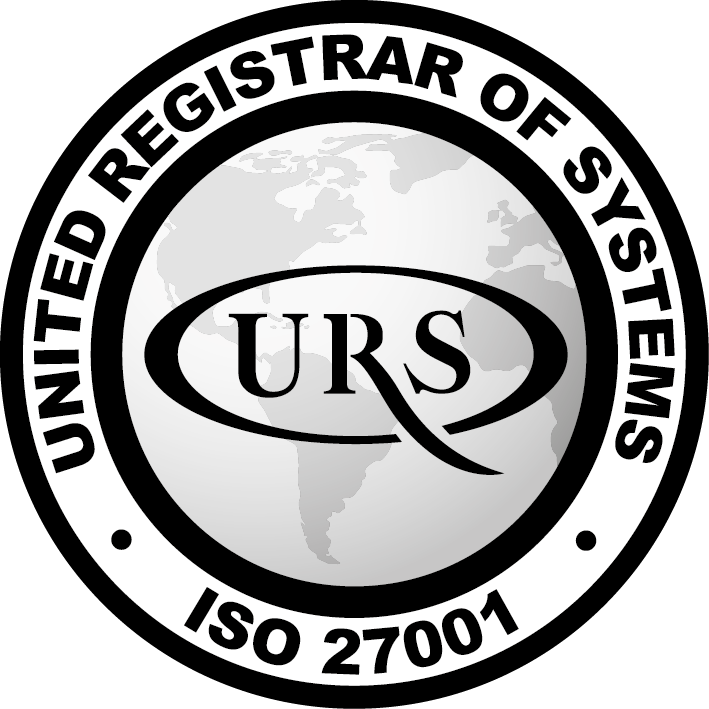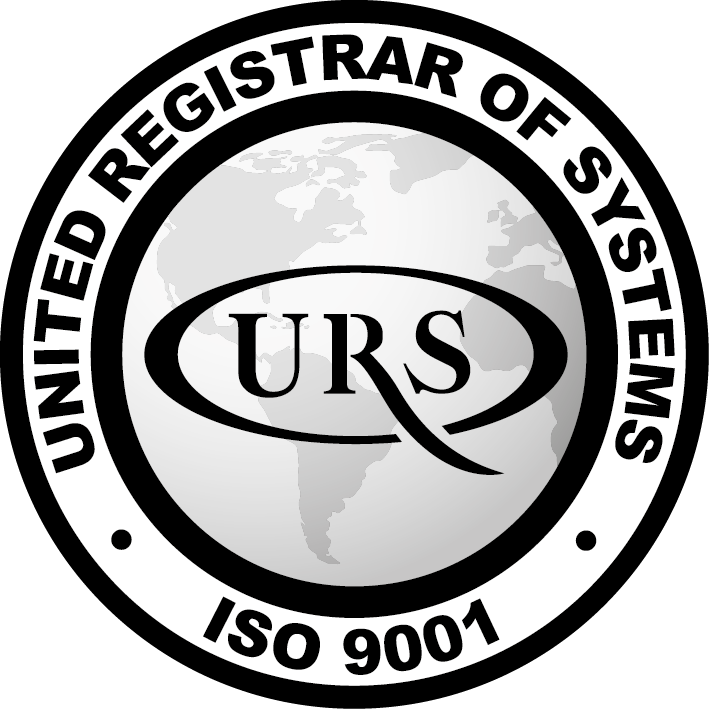Mastering multi-cloud management in IaC: strategies for cost efficiency and operational excellence

Multi-cloud is the practice of using infrastructure from multiple cloud providers to operate your services. Multi-cloud architecture enhances operational efficiency by letting you mix and match the best cloud solutions for your workloads. It also boosts redundancy as you're no longer dependent on a single provider.
Multi-cloud has downsides, however. It's challenging to efficiently manage infrastructure resources that are spread across several clouds. Poor visibility and lack of centralized governance increases the risk of misconfigurations, compliance breaches, and runaway costs.
In this article, we're going to explore advanced strategies for dealing with these problems. We'll outline key features to include in a multi-cloud management plan so you can confidently operate your infrastructure at scale.
What is Multi-Cloud Management?
Multi-cloud management is the process of operating multi-cloud infrastructure environments. It's the tools and systems that let you provision, monitor, and govern infrastructure in your cloud accounts.
Effective multi-cloud management strategies bridge the gaps between different cloud providers, letting you work with all your resources in one place. They allow you to realize the full benefits of multi-cloud architectures by providing crucial monitoring, governance, and cost optimization controls.
Common multi-cloud management tasks include:
- Preparing Infrastructure as Code (IaC) files and deployment pipelines to provision infrastructure in each cloud.
- Configuring safe access to cloud account credentials.
- Using observability tools to audit infrastructure resources for problems.
- Developing Policy-as-Code rules to enforce governance requirements across clouds.
- Monitoring cloud costs, then making improvements to optimize performance and cost efficiency.
IaC-driven automation lies at the heart of successful multi-cloud management approaches. Configuring infrastructure resources using versioned code files makes it easier to scale your processes. But standard IaC tools like Terraform and Pulumi don't automatically solve all multi-cloud management challenges, so it's important to also implement advanced strategies for monitoring, compliance, and cost analysis.
Mastering Multi-Cloud Management with IaC
IaC offers many multi-cloud management benefits. It improves the consistency, scalability, and speed of your workflows by ensuring all resources are provisioned in the same way. Whether you're deploying to AWS, Azure, or Google Cloud, you can use one high-level process to configure your infrastructure components.
IaC tools like Terraform and Pulumi help modularize infrastructure configs too. You can break complex multi-cloud architectures down into smaller units that you can reuse throughout your stack. All changes are version controlled, providing crucial central visibility into how your cloud resources have evolved over time.
IaC also provides a crucial foundation for implementing advanced multi-cloud management systems. For instance, you can use multi-cloud IaC orchestrators like Spacelift and Env0 to configure automated cloud drift detection scans. Comparing the states of your live resources to the code in your IaC repositories means you can find and fix misconfigurations faster. These platforms let you monitor all your resources in one place, then apply policies to enforce governance requirements and maintain operational efficiency.
Because IaC management platforms are cloud agnostic, they effectively act as a control plane for your multi-cloud infrastructure operations. IaC makes multi-cloud deployments scalable and repeatable, whereas orchestrators build upon standard IaC tools to deliver fully automated provisioning, monitoring, and governance workflows. They empower you to master multi-cloud management while minimizing manual tasks.
6 Advanced IaC Strategies for Multi-Cloud Management
Let's take a closer look at the advanced IaC techniques that support multi-cloud operations at scale. These strategies solve key multi-cloud management challenges, letting you improve reliability and reduce your cloud costs.
1. Standardize on IaC Orchestration Platforms
IaC orchestration platforms like Spacelift, Env0, and Terraform Cloud automate the process of running IaC tools within your DevOps lifecycle. They provide dedicated CI/CD implementations that are specifically designed for infrastructure workflows, solving the issues caused when traditional CI/CD services are used for IaC.
Orchestrators directly integrate with your IaC tools and cloud accounts. They allow you to effortlessly apply new infrastructure changes whenever you update your IaC files, without having to set up a complex pipeline for each tool and cloud combination. This also allows you to safely enable self-service developer access to infrastructure workflows, without having to grant each developer their own cloud credentials.
Using an IaC orchestrator for multi-cloud management helps cut costs and improve operational efficiency. One platform gives you everything you need for multi-cloud operations at scale, saving time spent integrating legacy processes.
2. Dynamically Create Cloud Credentials
Multi-cloud architecture increases your threat perimeter because you've got more cloud accounts to keep secured. IaC tools must be configured with cloud credentials so they can manage your infrastructure resources, but using standard long-lived credentials is risky in case they're lost, forgotten, or unintentionally over-privileged.
Solve this problem by choosing IaC solutions that can dynamically generate temporary cloud credentials as they're needed. These solutions make multi-cloud management safer and more scalable. They remove the need to manually generate credentials for each IaC tool, simplifying your processes while reducing the risk of security incidents.
Native cloud integrations can be found in popular IaC orchestration platforms. Spacelift and Env0 both work with AWS, Azure, and GCP, for instance. IaC pipeline runs automatically assume a predefined role from your cloud's IAM solution; the credentials are provided to your IaC code as environment variables, then destroyed once the run completes.
3. Use Automated Drift Detection Scans
Configuration drift can affect any cloud infrastructure, but it's especially problematic in multi-cloud environments. Drift occurs when the resources in your cloud accounts no longer match the expected configuration described by your IaC files. It's often triggered by unwanted automatic updates or developers making manual changes outside your IaC workflow.
Drift can lead to incidents, performance problems, and security vulnerabilities, so it must be detected and resolved early. You need to regularly compare your cloud environments to their original IaC configs, then rectify any differences found.
Leading IaC orchestrators include built-in drift detection capabilities that automate this process. They eliminate the overheads involved in manually checking multiple cloud environments for discrepancies. This improves operational efficiency and can help cut costs. It makes it less likely that you'll have to deal with incidents caused by cloud misconfigurations.
4. Implement Policy-as-Code Governance
Policy-as-Code is the use of code-based tools like Open Policy Agent (OPA), Hashicorp Sentinel, and Pulumi CrossGuard to enforce governance requirements in infrastructure workflows. The technique simplifies the process of writing, testing, and applying security and compliance policies across cloud environments. It reduces duplication and simplifies compliance audits.
Policy-as-Code enables robust multi-cloud security and governance at scale. You can block misconfigured IaC deployments, check that new resources are targeting the right environment, and prevent developers from applying changes that are too risky or which require security approval. Policies can be stored in a Git repository alongside your IaC code, ensuring auditors can trace policy change histories.
Either run policies within a CI/CD pipeline before you deploy, or use an IaC orchestration platform to deeply embed policy checks within your infrastructure workflows.
5. Centralize Cloud Asset Visibility
Multi-cloud environments can make it much more challenging to monitor infrastructure resources and understand what they're doing. IaC tools accelerate infrastructure provisioning processes, but they're not designed to offer ongoing observability across multiple cloud providers. It's easy to lose track of what's running where.
Achieving clear oversight for your entire infrastructure catalog is a critical multi-cloud management step. You should implement "single pane of glass" visibility so you've got one destination to check on every resource.
IaC orchestration platforms like Spacelift and Env0 facilitate this by unifying monitoring for different clouds. You can see the details of all your active resources, including where they're running and who deployed them. This makes it easier to find and remove old components—redundant assets unnecessarily increase your cloud costs and can pose a security threat.
6. Automate Cloud Cost Monitoring and Alerting
Implementing effective cloud cost optimization strategies is a key part of multi-cloud management. When correctly configured, multi-cloud environments can be more cost-efficient than traditional architectures: you can combine services from different clouds to finely balance your stack's cost and performance. But in practice, it's frequently challenging to holistically track costs or identify savings opportunities.
Implementing a dedicated cloud cost monitoring solution provides the data you need to make informed cost decisions. Popular solutions include Env0, Harness, and Morpheus. These platforms connect to your cloud accounts to monitor your infrastructure, then interface with cloud provider pricing tables to provide real-time cost insights. You can track your overall cloud bill in one place, without having to switch between individual provider dashboards.
Cloud cost management solutions also include budgeting and forecasting capabilities so you can accurately plan your cloud spend. Many platforms offer automatic rightsizing suggestions, such as downsizing underutilized compute instances, switching to a different hardware tier, or reducing inter-cloud data transmission to save on bandwidth costs.
Conclusion: Enhance Your Multi-Cloud Management with Automation and IaC
Multi-cloud management is the process of operating multi-cloud infrastructure environments. It combines Infrastructure as Code best practices with centralized monitoring, security, and governance controls that enable you to provision and maintain your cloud resources at scale.
You can start a basic multi-cloud management strategy by manually combining IaC tools and CI/CD pipelines. However, it's best to use dedicated IaC cloud orchestration solutions like Spacelift, Env0, and Terraform Cloud to implement more powerful automated workflows. These platforms consolidate IaC, CI/CD, and cloud account integrations, giving you one destination to manage all of your infrastructure regardless of cloud provider. You can monitor resources, enforce governance policies, and resolve configuration drift to efficiently maintain your multi-cloud operations.
Need more help to plan your multi-cloud strategy? Book a free consultation with our cloud transformation experts at Semantive. We're specialists in advanced cloud adoption and IaC implementation projects using tools like Spacelift. You can also find more IaC, CI/CD, and multi-cloud insights in our other blog articles.
More Articles
Our team of experts is ready to partner with you to drive innovation, accelerate business growth, and achieve tangible results.
If you’re wondering how to make IT work for your business
let us know to schedule a call with our sales representative.















